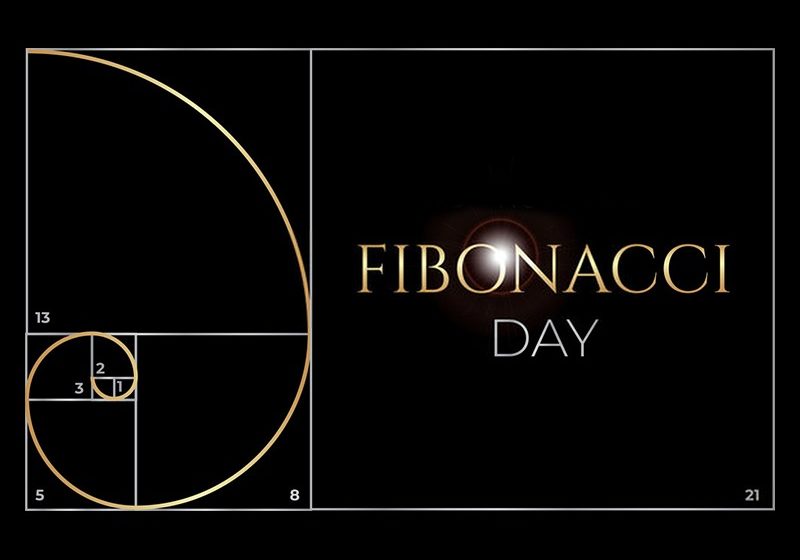Fibonacci Day-Nature’s Secret Code

The world is comprised of patterns and sequences. Some of these sequences date back hundreds of years. Yet, they are so commonplace that we rarely notice them. One such sequence is the Fibonacci sequence, which you’ll find in surprising and unexpected places.
Fibonacci Day celebrated on November 23, is an annual celebration to commemorate this sequence. Here’s all you need to know about Fibonacci Day.
History and Significance
The credit for the Fibonacci sequence goes to Leonardo of Pisa, who later earned the title of Fibonacci. However, the sequence had existed before Leonardo discovered it. The series was first seen in ancient Indian mathematics in the form of Virahanka numbers. Since the series is so common and widely applicable, an awareness day was created to recognize and celebrate it.
Now, you might wonder where this sequence appears. And the answer is everywhere. Various fruits and vegetables, like romanesco and pineapples, follow the Fibonacci sequence. Many flowers display this sequence in their petals. Pine cones also show this sequence.
How to Celebrate Fibonacci Day?
Now that you know what Fibonacci Day is and why it exists, why not celebrate it in style? Here are three excellent ways to celebrate Fibonacci Day.
Learn About the Fibonacci Sequence
First things first, you must understand the theoretical and practical uses of the Fibonacci sequence. Learn about how the sequence came into existence, what all places it is found, etc. Educating yourself about the sequence is one of the best ways to recognize Fibonacci Day.
Find the Sequence in Real Life
Another amazing thing to do is find the Fibonacci sequence in real life. There are dozens of places and elements around us that exhibit this sequence, but you must actively search for it. Here are some best places to find the Fibonacci sequence:
- Flower petals: Almost all flowers contain petals in the Fibonacci sequence, which is 1,3,5,8,13, or 21. In rare cases, flowers have petals that don’t follow these sequences.
- Pineapples: If you’re bored and have nothing interesting to do, try counting the scales on a pineapple. You’ll be surprised to find the Fibonacci sequence on almost all pineapples.
- Snail shells: Yes, animals have this sequence too, and snails are a classic example. The shells of snails have spirals that often follow the Fibonacci sequence.
Educate Others About the Sequence
The last thing you can do is educate others about the sequence. Even though the Fibonacci sequence is widespread, not many people know about it. Spreading awareness of this sequence and informing people in your circle about it will be a great idea. You can also educate kids and give them the task of finding the series in real life.
Final Thoughts
The Fibonacci sequence has existed for centuries, yet only a handful of people know about it. Fibonacci Day is an annual event focused on recognizing, commemorating, and celebrating nature’s secret code. You, too, can celebrate this day by finding this sequence in real life and encouraging others to do the same.



